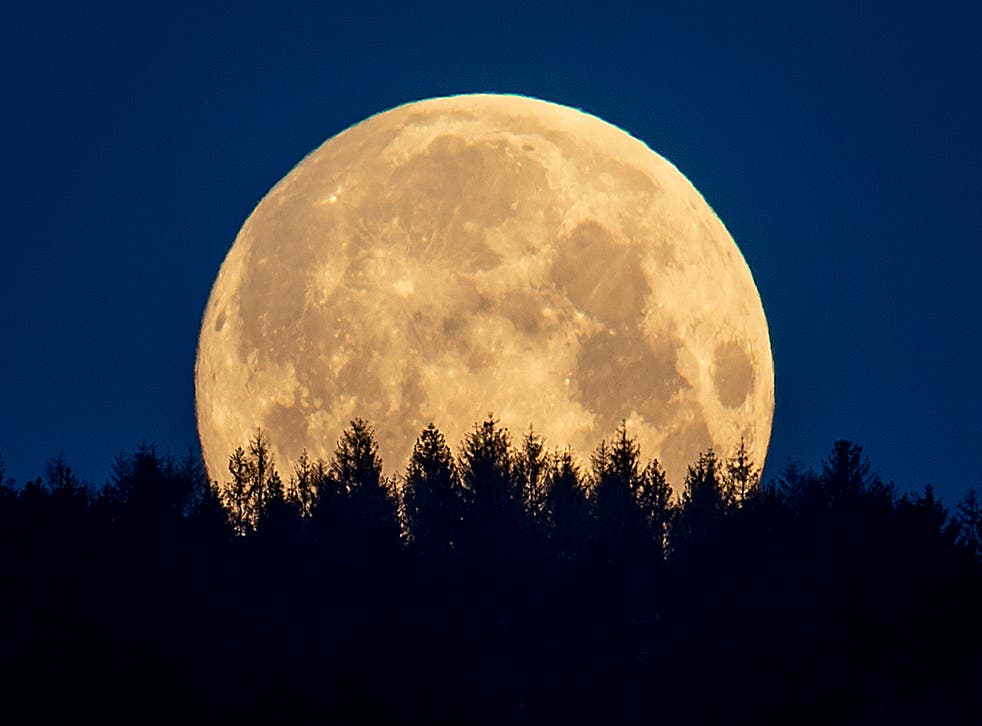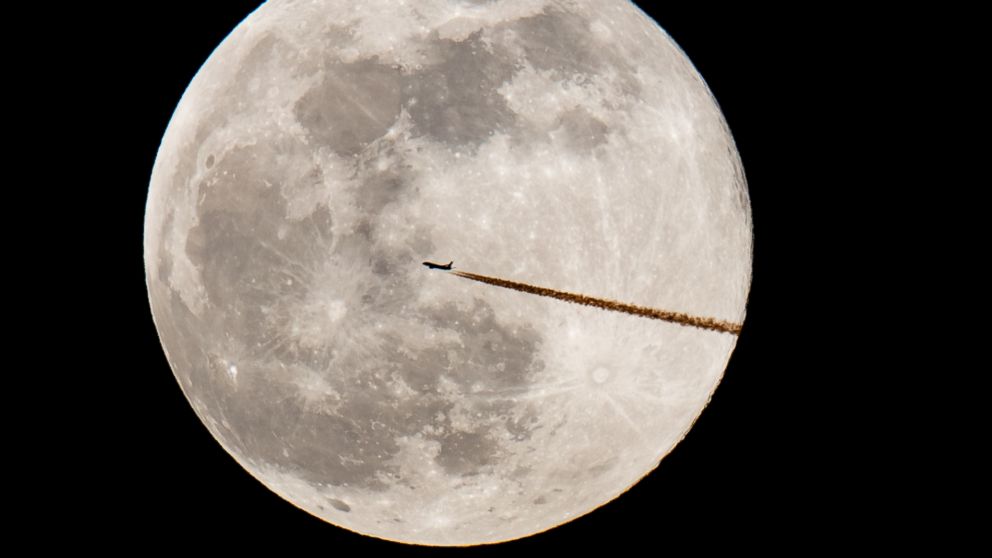
Every Full Moon Name in 2023: From Worm to Beaver Moon
Share
We can trace the names of many full moons in the northern and eastern parts of the US.
We can trace the names of many full moons in the northern and eastern parts of the USWe can trace the names of many full moons in the northern and eastern parts of the USWe can trace the names of many full moons in the northern and eastern parts of the USWe can trace the names of many full moons in the northern and eastern parts of the USWe can trace the names of many full moons in the northern and eastern parts of the US back to Native Americans. And the world has lovingly adopted many of these names.
Hundreds of years ago, tribes kept track of the seasons by naming each full moon. They were all named after the month they fell in.
Although there were some variations in the moon names, they were the same throughout the Algonquin tribes from New England to Lake Superior. Many European settlers created their own names and customs.
Since the lunar ("synodic") month is roughly 29.5 days in length on average, the dates of the full moon shift from year to year.
JAN. 7th: FULL WOLF MOON

Amid the zero cold and deep snows of midwinter, the wolf packs howled hungrily outside Indian villages. It was also known as the Old Moon or the Moon After Yule. In some tribes this was the Full Snow Moon; most applied that name to the next moon.
FEB. 6th: FULL SNOW MOON
Usually, the heaviest snows fall in this month. Hunting becomes very difficult, and hence to some tribes, this was the Full Hunger Moon.
MAR. 8th: FULL WORM MOON

In this month the ground softens and the earthworm casts reappear, inviting the return of the robins. The more northern tribes knew this as the Full Crow Moon, when the cawing of crows signals the end of winter, or the Full Crust Moon because the snow cover becomes crusted from thawing by day and freezing at night. The Full Sap Moon, marking the time of tapping maple trees, is another variation.
APR. 7th: FULL PINK MOON
The grass pink or wild ground phlox is one of the earliest widespread flowers of the spring. Other names were the Full Sprouting Grass Moon, the Egg Moon, and — among coastal tribes — the Full Fish Moon, when the shad came upstream to spawn. This is also the first full moon of spring — the so-called Paschal Moon. Ecclesiastical rules mandate that the first Sunday after this moon is Easter, and so it will be on the 9th.
MAY 6th: FULL FLOWER MOON
Flowers are abundant everywhere. It was also known as the Full Corn Planting Moon or the Milk Moon in Antarctica, Oceania, Australasia, Asia, Europe, Africa, South Georgia and the South Sandwich Islands, a penumbral lunar eclipse also occurs on this night. Within an hour of either side of the moment of maximum eclipse (17:24 GMT in which nearly 97% of the moon will be inside penumbral shadow) a subtle darkening may appear along the moon’s upper limb. But unfortunately, this eclipse is not visible in North America.
JUNE 5th: FULL STRAWBERRY MOON
Known to every Algonquin tribe, Europeans called it the Rose Moon. Strawberry picking season peaks during this month.
JULY 3rd: FULL BUCK MOON
The Full Buck Moon is when the new antlers of buck deer push out from their foreheads in coatings of velvety fur. It was also often called the Full Thunder Moon, when thunderstorms are the most frequent. Sometimes also called the Full Hay Moon.
AUG. 2nd: FULL STURGEON MOON
The Sturgeon Moon, when this large fish of the Great Lakes and other major bodies of water like Lake Champlain is most readily caught. A few tribes knew it as the Full Red Moon because the moon rises looking reddish through sultry haze, or the Green Corn Moon or Grain Moon.
AUG. 31st: THE BLUE MOON

The second full moon occurring within a calendar month is usually bestowed this title. Although the name suggests that to have two Full Moons in a single month is a rather rare occurrence (happening "just once in a . . . "), it actually occurs once about every three years on average.
The moon will be at perigee at a distance of 357,181 km from Earth. Very high tides can be expected from the coincidence of perigee with full moon (referred to as an astronomical spring tide). Finally, a full moon occurring very late in August or very early in September is sometimes bestowed with the title of Fruit Moon or Barley Moon. This will be the case with this second August full moon in 2023.
SEPT. 30th: FULL HARVEST MOON
Traditionally, this designation goes to the full moon that occurs closest to the Autumnal Equinox. In most years, the Harvest Moon comes in September, but about every four or five years it occurs in October (the next time this will happen will be in 2025). At the peak of the harvest, farmers can work into the night by the light of this moon.
Usually, the full moon rises an average of 50 minutes later each night, but for the few nights around the Harvest Moon, the moon seems to rise at nearly the same time each night: just 25 to 30 minutes later across the U.S., and only 10 to 20 minutes later for much of Canada and Europe. Corn, pumpkins, squash, beans, and wild rice — the chief Native American staples — are now ready for gathering.
OCT. 29th: FULL HUNTER'S MOON

With the leaves falling and the deer fattened, it is a time of hunting for the Native tribes. Since the fields have been reaped, hunters can ride over the stubble, and can more easily see the fox, also other animals that have come out to glean and can be caught for a thanksgiving banquet after the harvest.
A partial lunar eclipse also occurs on this date. Unlike the May event, this one sees the moon brush the Earth's darker umbral shadow; at maximum (20:14 GMT) about 12% of the moon's diameter will be within the shadow, darkening its lower limb. The Earth's Eastern Hemisphere faces the moon when the eclipse takes place, however, Atlantic Canada will see the last of the umbra slip off the moon when it rises and sharp-eyed New Englanders will be able to perceive the faint shading of the penumbra as the moon appears above their horizon.
NOV. 28th: FULL BEAVER MOON

Some accounts suggest the name Beaver Moon came from the fact that this moon signalled it was time to set beaver traps before the swamps freeze to ensure a supply of warm winter furs! Another interpretation suggests that the name Beaver Full Moon comes from the fact that the beavers are now active in their preparation for winter. Also called the Frosty Moon.
DEC. 27th: FULL COLD MOON
The Full Cold Moon; among some tribes, the Full Long Nights Moon. In this month the winter cold fastens its grip, and the nights are at their longest and darkest. Also sometimes called the Moon before Yule (Yule is Christmas, and this time the moon is only just after it; the next full moon that falls on Christmas Day will come in 2034).
The term Long Night Moon is a doubly appropriate name because the midwinter night is indeed long and the moon is above the horizon for a long time. The midwinter full moon takes a high trajectory across the sky because it is opposite to the low sun.
You’ve come this far…
Why not venture a little further into A.S.S. - our exclusive Australian Space Society.
And keep thrusting Australia into the deep unknown…
#Space_Aus




